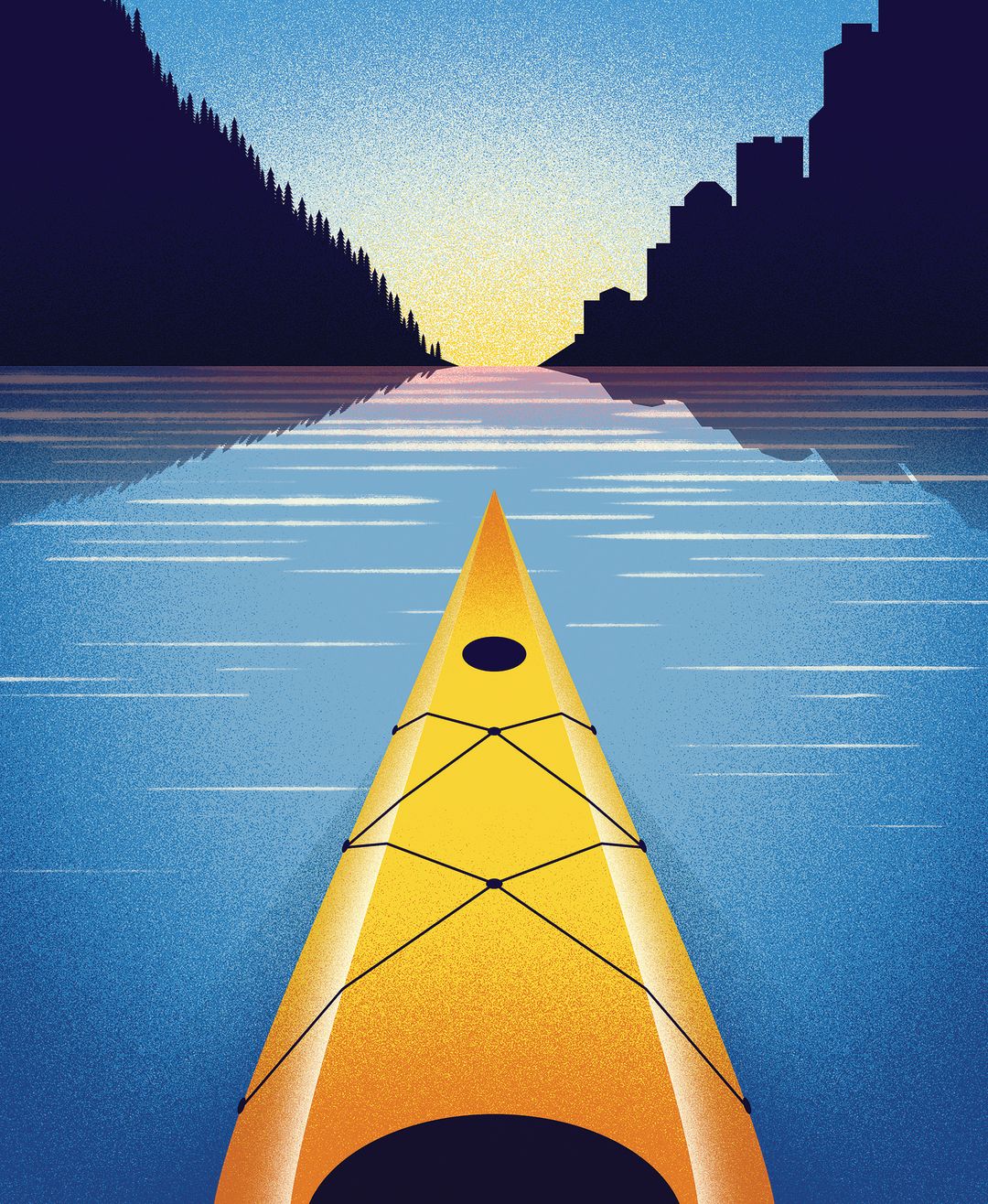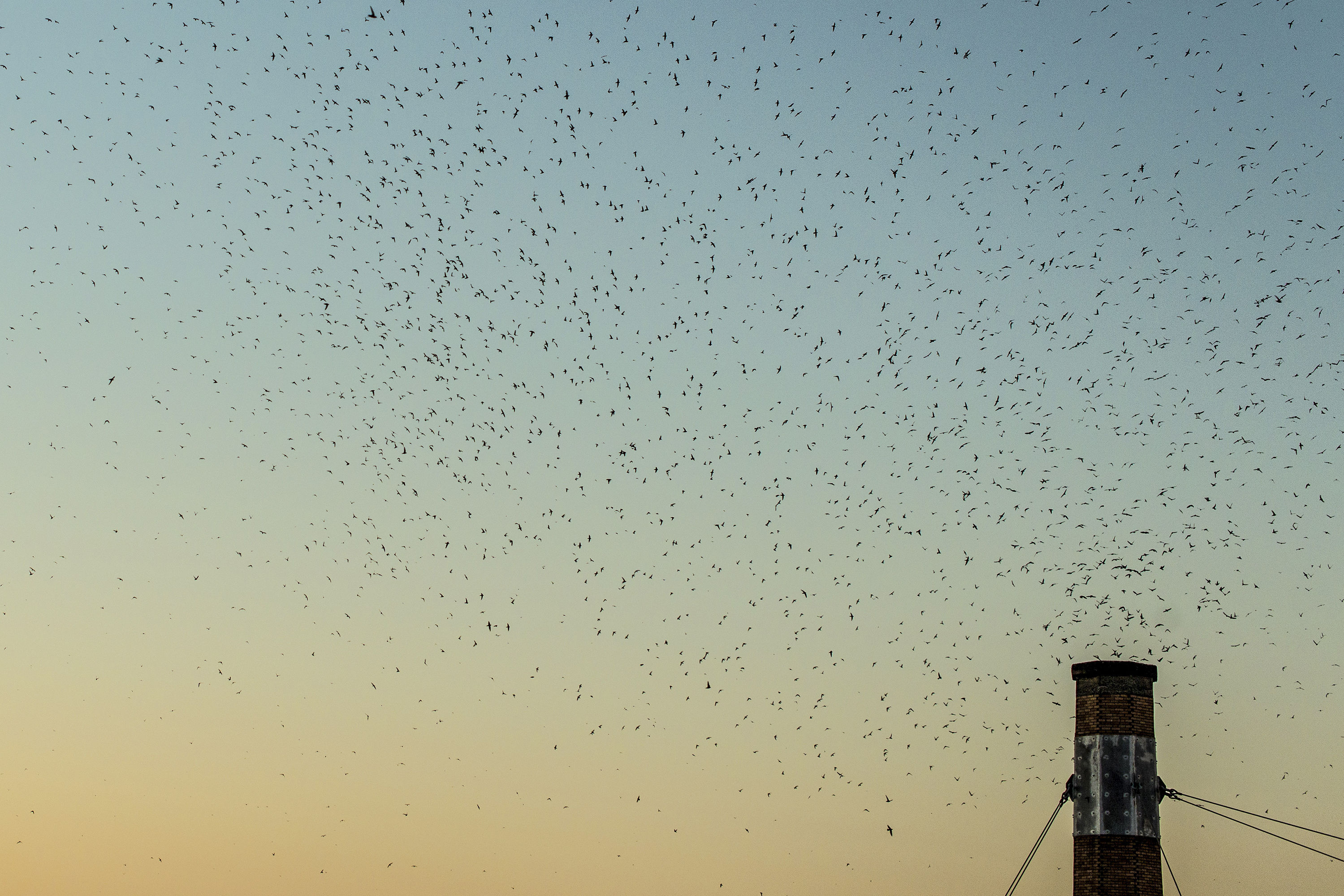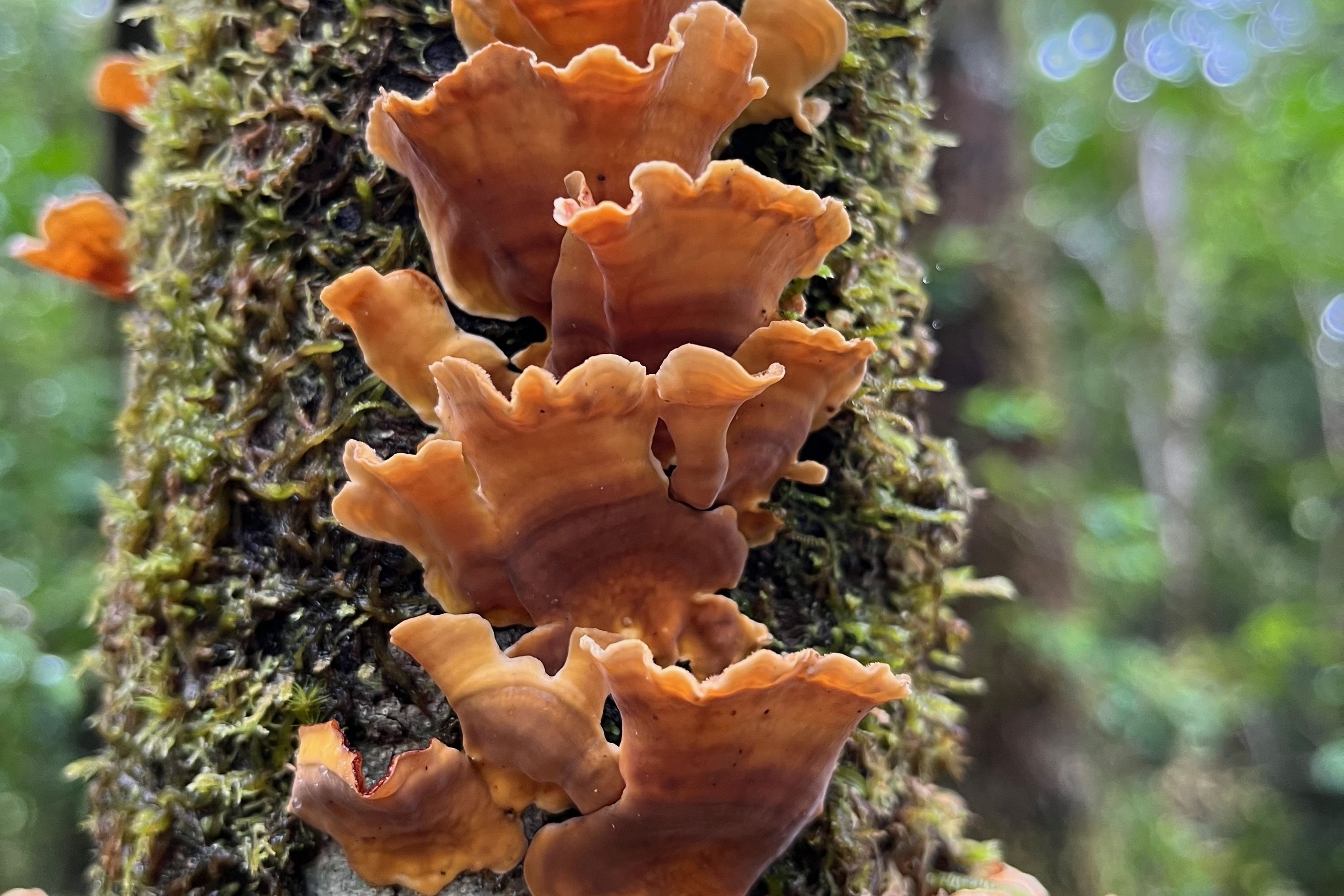A Kayak Journey across Portland Reveals the City’s Huge, Wild Heart

Image: Matt Chase
We pull our kayaks onto the beach at Kelley Point Park, halfway home, ready for lunch. My thighs aren’t yet burned mulberry, and Garon hasn’t yet resorted to peeing in his boat—all that will come later. For now, we feel pretty much invincible. The trip so far has been a leisurely glide over 14 miles of swiftly flowing river. A few hours earlier, before sunrise, Garon and I pushed our kayaks off the bank of the smooth Columbia and began paddling west. The plan was to make it from beyond Portland International Airport to the public dock down by OMSI. We grew up together in Portland, but we’d never seen the city from the rivers that are the reasons it exists. Plus, we get a kick out of devising quasi-harebrained adventures.
We paddled easily, swept along by hydraulics and geography. The Columbia River drains 258,000 square miles that reach as far as Nevada, Wyoming, and Alberta. It pushes massive amounts of water seaward, dumping more into the Pacific than any other river in the Americas. During the Missoula Floods, it became the biggest river in the world, carrying Rooster Rock as mere flotsam. We were nothing on its back.
We are lucky, in Portland, for the wildness maintained amid development. Forest Park gives us more than 5,000 acres of forest, including some old growth, within our city; these rivers provide habitat for birds and aquarian life; the urban growth boundary slows our city’s spill out into the surrounding lands. Human names and boundaries reinforce what the land teaches us: we survive at the whims of the planet.The sun came up behind us, glowing through the cloud cover. The occasional fish punctured the glassy surface. At Tomahawk and Hayden Islands, we cut through North Portland Harbor, the small channel on the Oregon side of the island, among the houseboats. Past the familiar strip malls of Jantzen Beach, Hayden Island became, to my surprise, a massive and densely green wilderness. Portside, Garon pointed out a blue heron, and we watched it unfold and laboriously flap its magnificent wings only to land a few dozen feet down the river, parallel to our boats. Ahead, at great height, an osprey paused, midair, before diving like it intended to break gravity. When the bird emerged, a moment later, it clutched a large steelhead in its talons and beat its wings excitedly, struggling to lift higher. We watched as bird and fish carried just above the water as if suspended, before the heavy fish fell back into the river.
At Kelley Point, the Columbia is joined by the Willamette, the last of its major tributaries. From there, our journey takes us upstream. Our eyes can’t tell much difference—landmarks continue to approach and recede slowly—but our shoulders certainly can. By the time we reach the port terminals of the Willamette (and possibly bang our paddles on the freighters), it’s time for a break.
In terms of the Portland most of us imagine we live in, we have gone nowhere, in a place that doesn’t exist. We’re still miles from the St. Johns Bridge, paddling through long stretches of befuddling water and industrial landscape. We see no breweries, eat no artisan doughnuts, drink no coffee. This far north, there aren’t even luxury condos in development. All we can do is assure each other that progress is progress, however slow, and paddle one stroke after another. For gallows humor, we consider a trip to Astoria.
Looking back, part of me wants this day on the water to have been the kind of transcendent experience—a Muir-style epiphany, perhaps—that can inspire a healthy outdoor REI utopia to manifest spontaneously, and Portland’s rivers to become flush with neon plastic boats. It’s hard not to think this would be a better world if we all noticed our water more often, and not just when a bridge is up.
But the truth is the late-day, upriver miles become a bit of a shit show. The sunburn gets serious; bladder control becomes too much effort. Garon and I get separated, me on the east side of the river, him on the west, each beating sluggishly against the current for what feels like survival. We end up head-down miserable: tired, in pain, and desperate to be anywhere but where we are. We encounter not transcendence, but immanence: the power, the majesty, and above all the complicated reality of the rivers, animals, and trees around us. A geography that isn’t experienced via the body will always be an abstraction.
We are shells of ourselves when we reach the dock by OMSI: wet, tired, humbled. And, though we don’t say so right away, we will eventually agree that the journey has, in its own way, brought us home.




